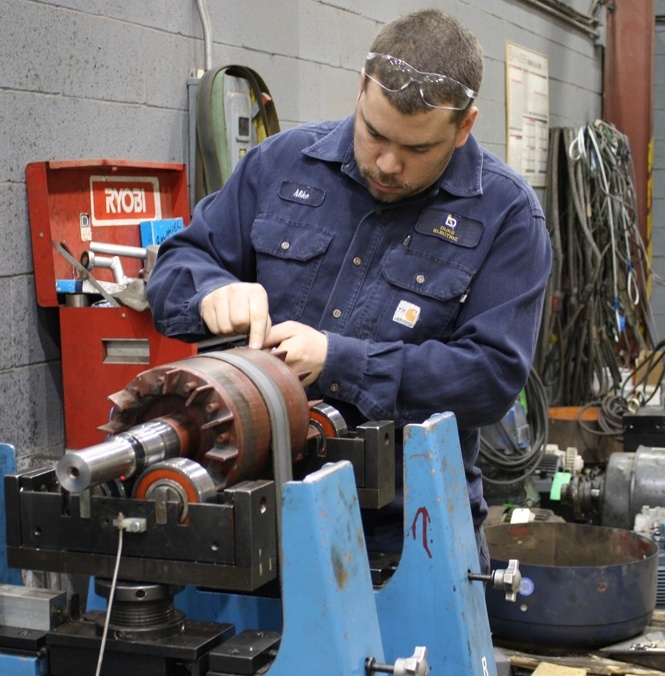Understanding Industrial Electric Motor Control Systems
Industrial motor control systems take a lot of the complexity out of operating your industrial electric motor. These systems can control how your motor stops, starts, accelerates, decelerates and more. Understanding how these systems work can be helpful when troubleshooting issues, or even simply operating your motor control unit.
The Parts of A Motor Control System
Industrial motor control systems include a range of components that are essential to their operation. Here is a quick overview:

Electric Relays, Starters and Contactors
Electric relays open and close circuits, allowing you to control the output voltage delivered to your motor. A starter is similar to a relay in that it too controls the flow of electricity to your unit. However it also provides lower voltage and overcurrent protection to help mitigate risks from the power flowing into your unit. In addition to preventing overload of your motor, a starter is also responsible for switching the power on and off. A contactor is another device that controls the switching of electricity on and off. The main distinction for a contactor is that it will allow a lower voltage to transition into a much higher power circuit.
Disconnect Switches
A disconnect switch is also known as a cam switch. This switch directs power to different points by turning a handle and shaft. The rotation will change the points of contact which can control several switches at the same time. This makes it possible for a disconnect switch to be used in an emergency stop button, which will shut down the entire unit if needed.
Temperature Control Units & Circuit Breakers
Additional safety features commonly found in motor control units are temperature control units and circuit breakers. Temperature controllers monitor the heat of the unit and often trigger heating and cooling devices to regulate the device temperature as needed. They can also trigger a shutdown if the motor is overheating. While temperature control units protect against overheating, circuit breakers protect against too much load flowing through the device. They provide much-needed protection from excessive voltage that can damage components and result in costly repairs.
Looking for New Motor Control Units?
We offer a wide range of motor control units to suit your needs. Start shopping now in our online store!
Is your motor failing?
Let us figure out the reason.






